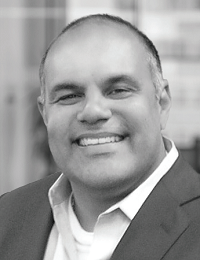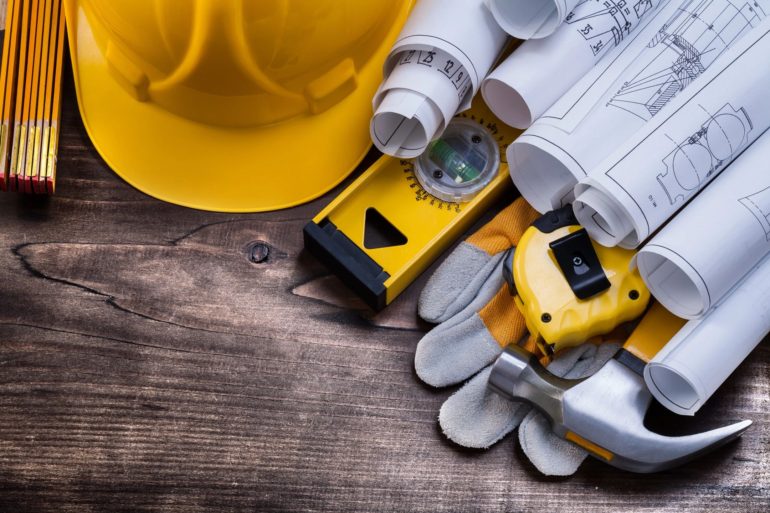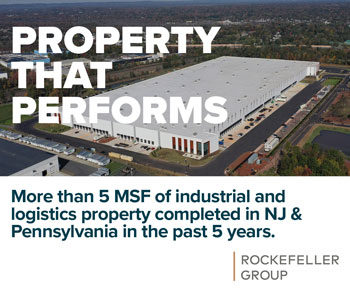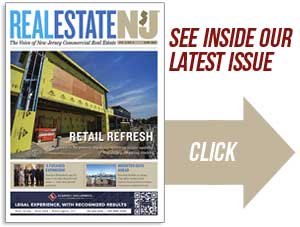We assembled a panel of industry experts to tackle this month’s question.
Here’s what they had to say.

Christopher Cornick, director, business development, Gilbane Building Co. (New Brunswick)
Recruitment and retention are our biggest challenges. We must continue to build on our industry’s workforce through creative recruitment strategies, mentoring programs, training and development plans, as well as strong employee value propositions that retain talented employees. Without skilled people to deliver projects, we cannot meet our industry’s growing demands. Once we successfully recruit a skilled workforce, we also need to focus heavily on keeping our people safe. It’s critical that we continue to build an incident- and injury-free culture to ensure that every worker goes home to their family in the same condition they came into work. In addition to employee benefits and traditional retention strategies, a strong safety culture, in collaboration with our clients, peers and regulators, highlights the essential importance of people in our industry.

David Gockel, CEO and president, Langan Engineering & Environmental Services (Parsippany)
New Jersey has made great strides attracting and retaining business. In the past, New Jersey was mired down by a high degree of uncertainty regarding approval timelines and outcomes. Under New Jersey Department of Environmental Protection Commissioner (Bob) Martin’s leadership, the review process and personnel at NJDEP have all improved. There remains a fair balance between environmental protection and needed development, but the process and timelines are more reasonable today.
Another major improvement was the introduction of the LSRP program here in New Jersey. Modeled after a Massachusetts program, the LSRP program has unlocked the backlog of cases that had for years crippled the remediation and redevelopment of brownfield sites.
Despite these improvements, developers must still navigate a burdensome multitude of approvals — sometimes contradictory — at the municipal, county and state levels. Also, some municipalities have outdated ordinances that require onerous relief to meet current development standards. Furthermore, infrastructure impediments remain, namely water, sewer, and traffic, all of which can be expensive to resolve. One new environmental issue that Langan is working closely with the DEP on is emerging contaminants. Until resolved, this issue could increase uncertainty in the development industry.
Additionally, high land value expectations for sites that are a long way from being approved compound the financial challenges confronting developers. On the whole, these issues raise the barrier for entry into our state, but at the same time can be a plus for well-established New Jersey developers familiar with the terrain.
 Devra Goldberg, director of government relations, Canoe Brook (Short Hills)
Devra Goldberg, director of government relations, Canoe Brook (Short Hills)
New Jersey is the most exited state in the nation. The jobs are not here, and they are not coming back. This should be a wake-up call, a way for us to ask new questions and take new approaches to this new market. According to PlanSmartNJ, there are five new renters for every three new homeowners. Walkable mixed-use averages twice the price per square foot as traditional apartment options. These projects include social retail such as restaurants, destinations and a downtown feeling. So how do we get towns to engage on this issue? How can we be creative? Proper planning and zoning integrity at the municipal level make a variety and choice of housing — including affordable housing — achievable. What are we doing to incentivize this kind of development?
 Frank Romeo, president, Partner Engineering and Science (Eatontown)
Frank Romeo, president, Partner Engineering and Science (Eatontown)
With strong market demand but a shortage of well-positioned land to build, many developers in New Jersey are focusing their efforts on infill development or adaptive reuse projects. Despite the state’s complex permitting and approvals process, both can provide profitable opportunities in New Jersey, which has a large inventory of historic industrial sites, factories, shipping warehouses and other abandoned or obsolete buildings perfectly suited for redevelopment. But working with dirty sites or old buildings comes with its own set of environmental, engineering and industrial hygiene risks and there are factors to consider that may not be present in traditional development projects. For example, brownfield land projects are subject to extensive regulation pertaining to the cleanup process that must be met to manage liability risks. Developers taking on adaptive reuse projects may need to design around strict historic preservation guidelines. They may also face costly challenges if they are required to preserve — and reinforce — derelict parts of a building or deal with old building systems and materials.
Of course, numerous grants and tax benefits are available to offset these costs, so knowing not only the regulatory but also the financial incentive landscape is key for developers to achieve optimal ROI in New Jersey.
 Thomas J. Trautner Jr., partner, Chiesa Shahinian & Giantomasi PC (West Orange)
Thomas J. Trautner Jr., partner, Chiesa Shahinian & Giantomasi PC (West Orange)
The continued uncertainty faced by municipalities with respect to affordable housing has created substantial challenges for residential developers. This is, in part, a result of the New Jersey Supreme Court’s decision in Mount Laurel IV to have the judiciary undertake (through litigation) the role of determining the numerical affordable housing obligations of municipalities.
By way of example, for developers who wish to build significant affordable housing, some municipalities have sought to oppose projects by arguing that their obligation has not yet been determined.
Conversely, for developers with financial feasibility concerns about affordable housing set-asides, the ongoing litigation has caused some municipalities to be fearful of not requiring maximum set-asides (particularly in the context of redevelopment). And yet, despite these obstacles, the pending litigation has created opportunities for savvy developers to, for example, utilize mediation through the litigation process as a means of educating and partnering with municipalities to advance project entitlements and facilitate the resolution of municipal obligations through settlement.










